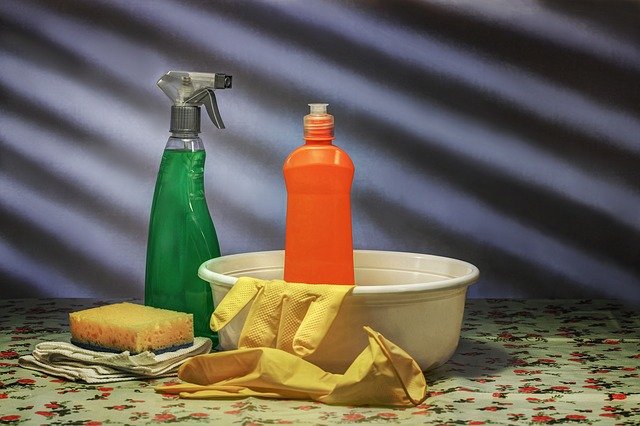
Germicides are created to eliminate harmful microorganisms
The adjective germicidal is used to describe that which has the ability to destroy germs (that is, pathogenic microbes ). The concept is usually used as a noun, naming the product or substance with said property.
Disinfectant product
Germicides aim to eliminate microorganisms that can cause disease or infection . That is why they are used to disinfect, preventing the development and spread of germs.
Depending on its characteristics, the germicide can eliminate bacteria , fungi and/or viruses . Germicidal devices are usually installed in different spaces to take care of people's health .
Germicidal lamps
Germicidal lamps , in this framework, use ultraviolet radiation to promote the inactivation of microorganisms. This is achieved when the light wave manages to pass through the protective wall of the microbe, affecting its structure and altering its genetic information.
These germicidal lamps can be placed in waiting rooms, dining rooms, commercial premises and means of transportation, for example. It is important to keep in mind that microorganisms have different resistances to ultraviolet light, so the effectiveness of these devices may vary.
Germicidal lamps with USB connection are currently on the market. These devices are designed for cleaning the computer keyboard, although they can be pointed at objects that are located nearby (such as a cup or a plate, to mention two possibilities).
liquid germicides
Liquid germicides , on the other hand, allow you to disinfect different surfaces. The most complete are viricides , bactericides and fungicides and can be used on floors, walls and ceilings. These substances are very useful in certain work environments where objects or raw materials that could harbor microbes are handled.
Although the word germicide is not as common in everyday speech, we refer to this group of products when we say "disinfectant." In fact, one of the best known is alcohol , commonly used in most homes. Ethanol and isopropanol are the two most used alcohols, due to their greater volatility and rapid evaporation, in addition to their great effectiveness in eliminating microbes and their low corrosion and flammability values.
Aldehydes are also used, such as glutaraldehyde, which in addition to eliminating microbes have fungicidal and sporicidal action. Other of their main characteristics are that they are partially inactivated by organic compounds and that they leave little residue.
On the other hand we have halides , two of which are very popular: chlorine and iodine . The first is used especially for the disinfection of swimming pools and to treat drinking water in cases of diseases that are transmitted through this means. Iodine, on the other hand, is used as an antiseptic for wounds of different characteristics.
How to use a liquid germicide
While each product may come with slightly different directions, there are certain steps that apply to almost all. It should be noted that the germicide is used at the end of the cleaning . Let's look at some of them below, although we must understand that the process can be carried out successfully without applying them all, but prioritizing those closest to the use of the germicide itself:

The application of the germicide is part of the cleaning process
* rinse : this first step serves to remove excess dirt from the surface to be disinfected;
* cleaning : at this point, detergents and other products capable of removing dirt that adheres to the surface, which cannot be removed with water, are usually used;
* rinsing : if we apply the previous step, this serves to ensure that all traces of the cleaning products are removed;
* disinfection : finally the time comes to use the liquid germicide, to destroy the microorganisms. If we simply limit ourselves to following the previous steps, the improvement of the surface will be apparent and aesthetic, but our health will still be at risk;
* last rinse : just as we remove the detergent, it is necessary to do the same with the disinfectant product.
